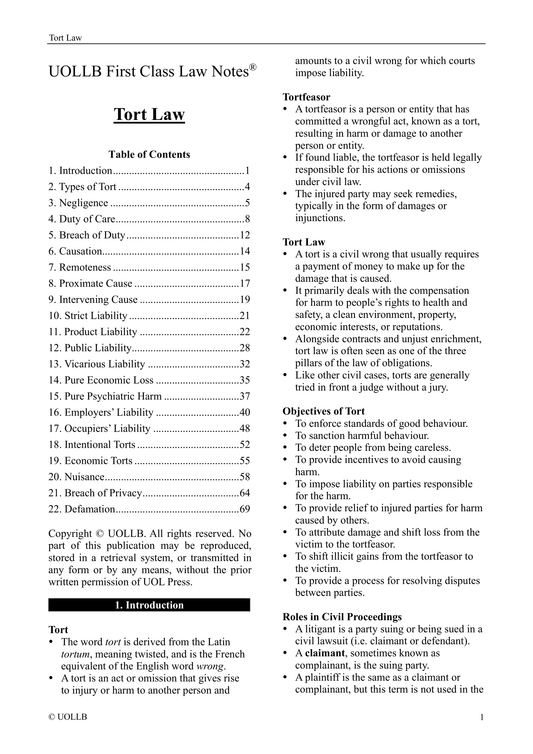Specific Intent Offence
Share
In English criminal law, a specific intent offence is an offence in which the prosecution must prove that the defendant had a specific intention or purpose when committing the actus reus (the guilty act) of the offence. This means that the defendant must have intended to bring about a particular consequence or outcome.
Examples of specific intent offences include murder, which requires the specific intent to kill or cause grievous bodily harm, and theft, which requires the specific intent to permanently deprive the owner of his property.
In contrast, offences that do not require specific intent are known as basic intent offences. These offences only require that the defendant intended to commit the act that led to the offence, but not necessarily the specific outcome or consequence of that act. Examples of basic intent offences include assault, which only requires that the defendant intended to commit the act of assault, and manslaughter, which only requires that the defendant intended to commit the act that led to the victim's death, but not necessarily the intention to cause death.
In cases of specific intent offences, the prosecution must prove beyond reasonable doubt that the defendant had the specific intention or purpose to commit the offence. If the prosecution cannot prove this, the defendant cannot be convicted of the specific intent offence, but they may still be convicted of a related offence with a lower level of intent, such as a basic intent offence.
Examples of specific intent offences include murder, which requires the specific intent to kill or cause grievous bodily harm, and theft, which requires the specific intent to permanently deprive the owner of his property.
In contrast, offences that do not require specific intent are known as basic intent offences. These offences only require that the defendant intended to commit the act that led to the offence, but not necessarily the specific outcome or consequence of that act. Examples of basic intent offences include assault, which only requires that the defendant intended to commit the act of assault, and manslaughter, which only requires that the defendant intended to commit the act that led to the victim's death, but not necessarily the intention to cause death.
In cases of specific intent offences, the prosecution must prove beyond reasonable doubt that the defendant had the specific intention or purpose to commit the offence. If the prosecution cannot prove this, the defendant cannot be convicted of the specific intent offence, but they may still be convicted of a related offence with a lower level of intent, such as a basic intent offence.




























































